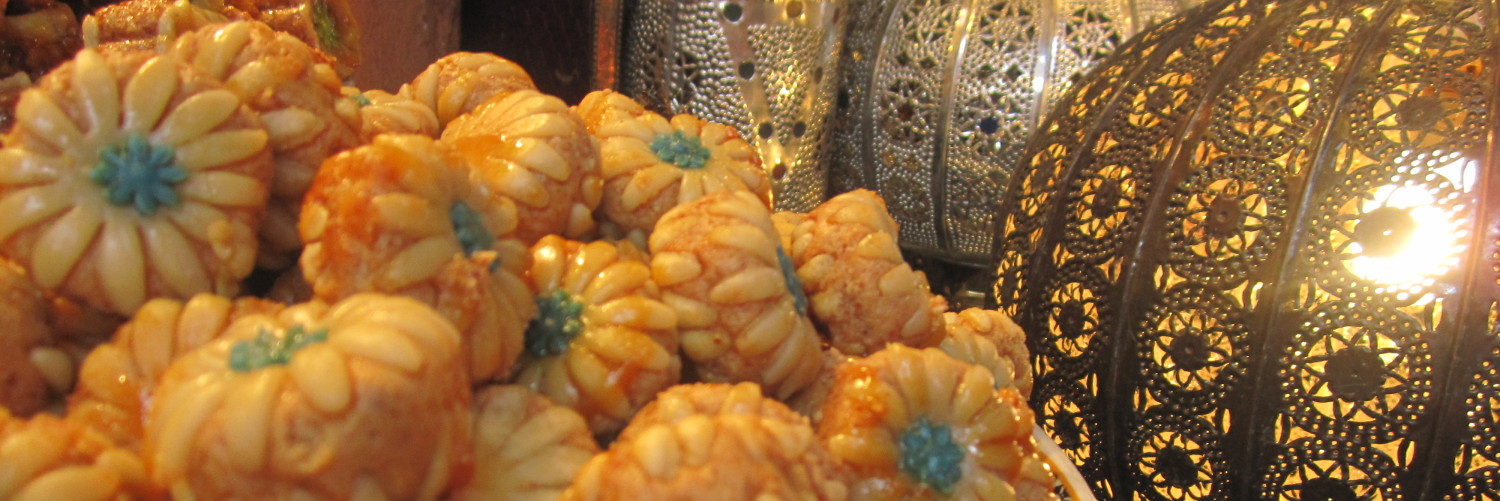We speed over the glassy flat water in the blue boat, 2 families on a day out looking for adventure. It’s a perfect day, enticing clear waters glitter with star fish. Kids chatter with excitement as we set of, then, like all of us, are lulled to a peaceful quiet, hypnotised by the shining blue and the possibilities stretching to the horizon.

Just up from the beach we find remains of some sort of house, complete with a now overgrown planted garden. Another plan for someone that didn’t work out maybe, or a home experiment that had run it’s course. Karyn refers to Tonga often as ‘the land of broken dreams’ as there are so many half built or empty and decaying buildings scattered across these islands, remnants of schemes that didn’t work out, or dreams thwarted by the harsh reality of life out here.

We find an vague track running through the dense jungle of vines, coconut trees, and pandanas. These tufty trees with their long exposed roots look like they’ve been striding around, throwing spiky leaves in a tantrum, and are frozen still just whilst we walk past. The interiors of the islands are always surprisingly hushed; you feel you are being watched by the resident birds and lizards, and the only ones oblivious to our footsteps are the plodding coconut crabs. These strange hairy generals march through the dead leaves, their ugly naked tails curled into large tank like sea shells. If, and they are often slow with it, they become aware of our presence, they curl themselves up inside their shell armour, leaving just their large front claw to barricade the entrance. It’s the same method as the hermit crabs on the beach but so much slower. The beach crabs come in all shapes and sizes in a myriad of beautiful shells and everywhere you walk they speedily tuck and roll themselves away, quick little ninjas to the old school generals.

We gradually make our way up hill and across to the other side of the island to be met by dramatic cliffs and huge open vistas out to the big ocean. No scattering of islands here but grand swelling waters, rolling endlessly toward America. There are casuarina trees whispering in the wind and clinging along the rocky coastline of smashing white foam. It’s so different and feels like we’ve wandered out of the tropics and into a secret Mediterranean.


Finally we spot the ‘treehouse’, and scramble up to take a seat, admire it’s bizarre structure and enjoy the views.
It’s a mad design of ‘Tonga sticks’ pale sticks of the Hiapo or paper mulberry tree that are washed smooth in the sea, strapped precariously together and to an ancient tree. Hard to know if it was ever more substantial or had a roof, but now it is more like a skeleton. I feel like I am sitting in the ribs of a whale spat up here in a tsunami. This place was another dream of another hopeful traveller. Apparently a couple lived up here for a short time before having to be rescued off the rock on the eve of a hurricane.

On the neighbouring island we found a gaping cave, noisily guarded by kingfishers. On venturing down inside we found refreshing cool water, though still a touch salty and brackish, and dived in off the rocks.
Kian and I had been there before when we were exploring the waters on another trip to the East side and to a very different treehouse. We’d borrowed a dinghy to look around. We had a rare treat of a kid free night away in a treehouse, complete with all the luxuries we’d been missing – clean dry sheets, and a great shower. Yes, like we needed more isolation we went to an even tinier place than Fofoa, for our night away…

Mandala resort (mandala resort.com) is run by an American couple, Ben and Lisa, and is based on tiny Mafana island which is just tiny. It consists of a lovely restaurant and bar area, a small beach, a guesthouse and a treehouse. Filled with casuarina trees and the odd palm the place takes just 6 minutes to walk around. It has an air of a charmed life, of kids playing on their perfect sized desert island. If Peter Pan and Wendy had stuck together and grown up they would be living here.

We really loved our special time away there, and enjoyed tales from Ben of eccentric lives, parties they’ve hosted, and future plans. Like they said, it’s hard to know what to move on to once you’ve had your very own desert island.
It was inspiring for us to meet more people ‘living the dream’, and sobering to realize that all dreams never last forever. Some never get off the ground at all. Speeding home with the freedom of the blue boat and heavenly golden light in the clouds all things feel possible. We are young (ish..) and idealistic, what we lack in finances we have made up for in confidence and dreaming. To keep strong and make dreams reality when the light has faded and the fun boat stops, that’s the hardest challenge.

